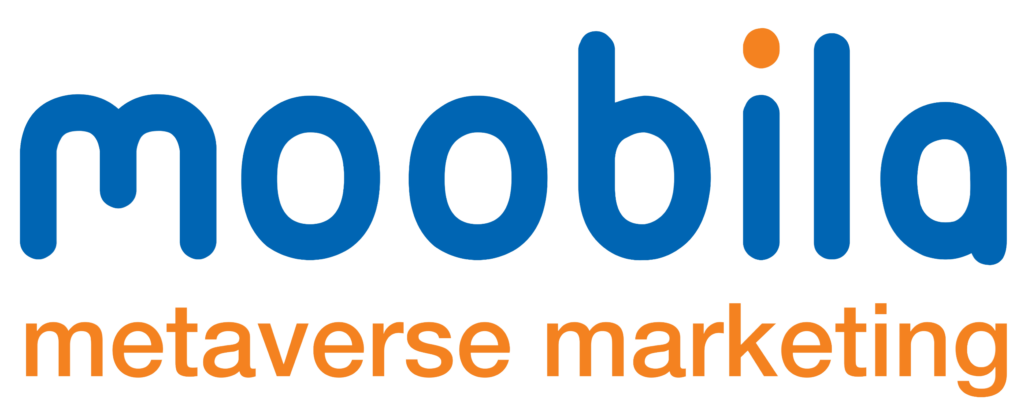As we know, digital marketing competition is tight, and effective UX/UI and SEO factors are among the important elements for business nowadays. A well-optimized website offers a significantly better user experience & ranks higher in search engine results, which draws more visitors and conversions. In this extensive tutorial, you will learn what you can do to enhance your website and satisfy users while also making it perfect for search engines.
Understanding User Intent
What is User Intent?
The term user intent means the purpose that a user wants to achieve when he submits a query to a search engine. Knowing this intent is crucial to generating meaningful content capable of addressing user desires.
Types of User Intent
- Informational: The objective is personal; users look for information or answers to the questions, for example, “What is SEO?”
- Navigational: They know what exactly they are looking for, for instance, “Facebook login.”
- Transactional: A user’s goals include a purchase or a transaction (e.g., “purchase running shoes on the internet”).
How to Optimize for User Intent
- Keyword Research: The truth is that if you do not know what your target audience uses to search for products and services resembling yours, then keyword research is the way to go. Easy methods to find keywords that correspond to users’ intentions can be by using tools such as Google Keyword Planner, Ahrefs, or SEMrush.
- Content Creation: Create content that will respond to the questions users have typed and offer helpful data. Always make sure that all the necessary information is provided and the material is stimulating and understandable.
Focus on High-Quality Content to Optimize Your Website
Content is King
It is also crucial for both the user experience and search engine optimization to create good-quality content. Information means you create credibility, maintaining your site longer by your visitors.
- Valuable Information: Get detailed to the extent of giving an answer to the user’s question or providing a solution to the user’s problem.
- Engaging Format: Educate the customers through writing articles, creating video AVs, providing informative and visually appealing graphics, and even making podcasts to allow them to choose something they enjoy from the two.
- Regular Updates: Now and then, revise the contents of your articles and add new information where necessary.
Optimize On-Page Elements
Key On-Page SEO Factors
On-page SEO covers the optimization of single web pages for increased and better traffic in the search engine. Key elements include:
- Title Tags: Develop good and specific title tags with your target keywords while ensuring that the tags give a true representation of the page. Ideally, the URL should be 50 to 60 characters in length.
- Meta Descriptions: Use 150–160 characters for the meta description; this should give a brief synopsis of page content and a call to click.
- Headings (H1, H2, H3): Headings help you to arrange your content systematically. H1 should ideally include the main keyword, whereas H2 and H3 should be used for other headings.
- Image Optimization: Descriptive file names should also be used, especially for images and other media objects, as well as headings and those sections of the text that contain descriptions for them. Besides helping to enhance the site’s SEO factor, this is equally beneficial as it cuts down the site’s readability for the visually impaired.
Optimize your Website Speed
Why Speed Matters
The analysis of factors that have an impact on website speed and using speed tests to determine the project recommendations for improving website efficiency for both user satisfaction and search rankings. This normally results in high bounce rates, penetration, and ultimately low conversions, given that most internet users are impatient and would rather move on to the next site if the one they have opened takes time to open.
Tips for Enhancing Speed
- Optimize Images: To reduce the size of images, utilize one of the following: TinyPNG or ImageOptim so as to achieve this without necessarily losing the images’ quality.
- Minimize HTTP Requests: Avoid putting too many things on the page at once (script, graphics, etc.), as this could cause the page to load a bit slower.
- Leverage Browser Caching: One must permit browser Caching so that repeat visitors to your site can easily load with maximum speed.
- Use Content Delivery Networks (CDNs): CDNs then replicate your website’s content in servers that are spread across the globe, hence reducing the time your user spends on your site.
Ensure Mobile Responsiveness
The Importance of Mobile Optimization
In today’s world, when a large number of users open websites via mobile devices, it is fully justified to have a responsive design. Mobile friendliness is another factor that has been given much importance by Google’s search rankings.
How to Optimize for Mobile
- Responsive Design: To make sure your site is optimized for different screen sizes, utilize responsive web design approaches.
- Mobile-Friendly Navigation: You should make the website’s navigation on the mobile device more convenient, that is, use collapsible menus and large buttons for clicking on.
- Test Mobile Usability: Check your website’s mobile usability repeatedly by using tools such as Google’s Mobile-Friendly Test.
Enhance User Experience (UX)
User Experience Matters
To enhance user experience on your site, visitors should spend much of their time on your site, as this leads to low bounce rates and more conversions.
Key UX Strategies
- Intuitive Navigation: Most users do not like to stare at blank pages and search for the information they need without any assistance, so it is worthwhile to create a clear and logical navigation menu that would help users find every piece of information within several seconds.
- Readability: Choose a readable typeface, the correct size of the text, and sufficient contrast of the text’s color against its background.
- Call-to-Actions (CTAs): It is recommended to have clear CTAs all over your site that help the user to follow actions you want them to take (like subscribing to newsletters or buying something).
Implement Technical SEO Best Practices
Technical SEO Essentials
Technical SEO is the process of modifying your website and repairing its foundation to increase its ranking in the search engine. Key practices include:
- XML Sitemap: Develop an XML sitemap that enumerates all crucial Web site locators. It should be submitted to search engines, preferably through the Google Search Console.
- Robots.txt File: They should use the robot txt file to guide the search engine on the page on whether to crawl or not.
- Secure Your Site (HTTPS): Make sure your website is protected by HTTPS for secure data transfer, which plays an important role in improving SEO.
Build Quality Backlinks
The Role of Backlinks in SEO
Links from other sites also mean that your site is well recognized by other sites and, therefore, well recognized by the search engine.
Strategies for Earning Backlinks
- Guest Blogging: Contribute articles for other blogs in your market with backlinks pointing to your website if allowed.
- Create Shareable Content: Create useful content and stay interested in the subject; others will link to your content – just wait for it.
- Engage with Influencers: Guest writes for or sponsors other blogs or sites that are able to refer traffic back to your site.
Monitor Performance and Adjust Strategies
Continuous Improvement
In order to see new opportunities for the website’s growth, it is necessary to monitor it frequently.
- Use Analytics Tools: Make use of Google Analytics and Google Search Console to monitor website visitors’ sources, the percentage of bounced visitors, sales conversion rates, and rank positions by search keywords.
- A/B Testing: Perform split tests on components of the Web site, including CTAs, headlines, and others, in an attempt to see which appeals to users most.
- Feedback Collection: Users should be asked to fill out questionnaires so as to get feedback from them regarding their experiences.
Conclusion
Search engine optimization means optimizing your website, & it aims to both give value to users and meet the requirements of search engines. When it comes to user intent, developing quality content, on-site factors, speed & mobile responsiveness, user experience, technical SEO standards, backlinks, and constant auditing, you can create a site that ranks while also being useful for its users.
Therefore, at Moobila, we specialize in Marketing for Business, which specializes in digital marketing solutions. Contact us today if you’re ready for your website to be at its best in terms of ability to engage users and rank for relevant search terms. We want to make you happy with digital optimization services that progress your goals successfully.



